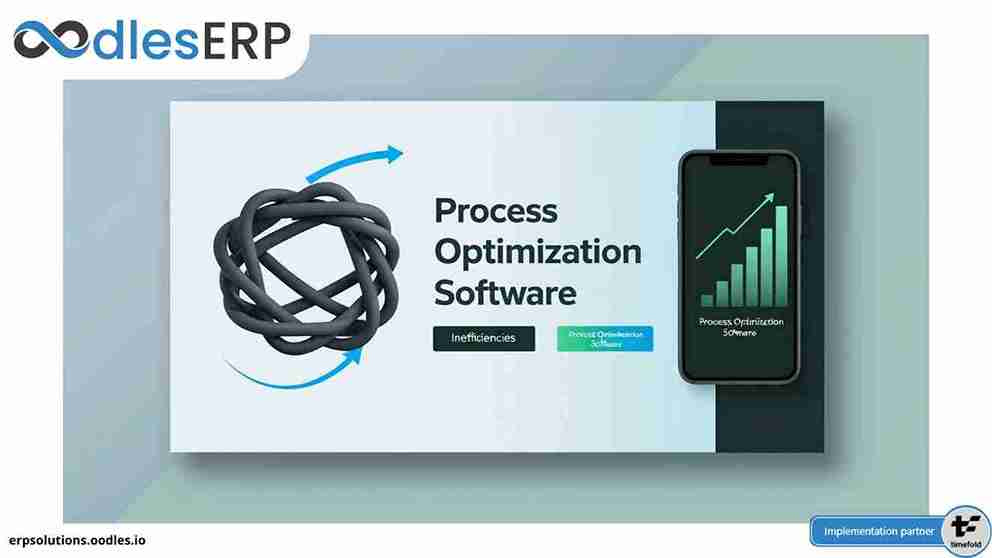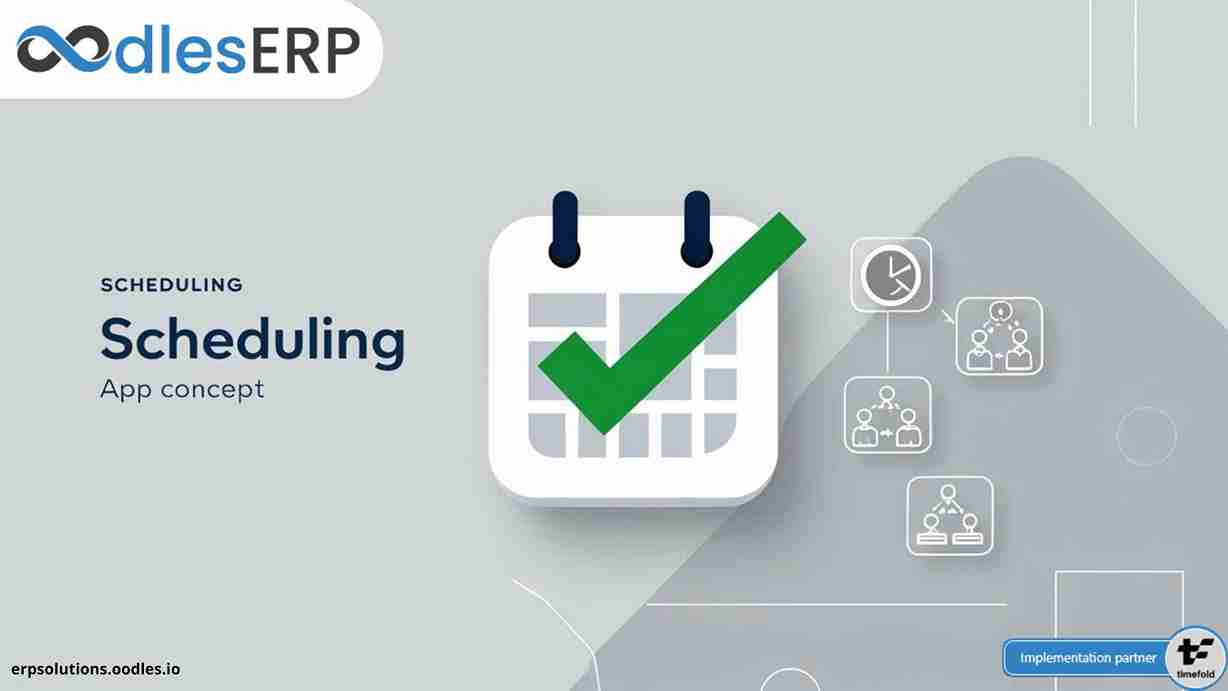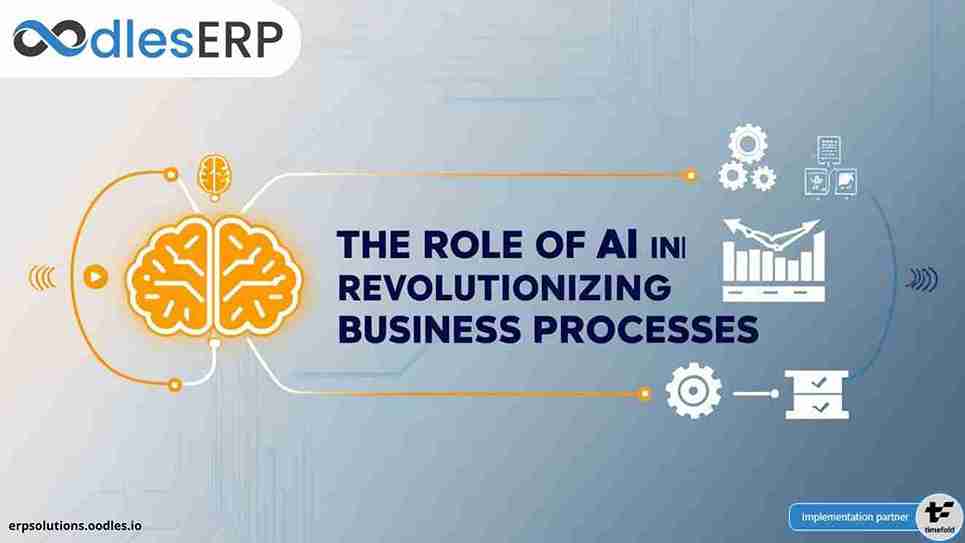As of today, ERPNext is one of the most popular open-source platforms that is extensively used by enterprises worldwide to develop and implement custom ERP solutions. With its wide range of features and a plethora of customizable modules, ERPNext caters to the diverse needs of an enterprise. As businesses consider implementing ERPNext, understanding its pricing model becomes increasingly important. Here, we shall delve into the key aspects of ERPNext pricing, including its pricing model, components, and factors to consider.
Also, Read The Most Important ERPNext Modules For Business Process Management
ERPNext Pricing Model
ERPNext follows a subscription-based pricing model wherein users only pay for the services they avail on a pay-as-you-go basis. It is an open-source platform which means there is no license fee involved. However, users need to pay a regular fee in order to use the software and its various features. Unlike traditional licensing models that involve hefty upfront costs, ERPNext's subscription-based approach is designed to be more cost-effective and flexible for businesses of all sizes. Read further to learn more about the ERPNext pricing model.
Components of ERPNext Pricing
Given below are the key components of ERPNext pricing, making it easier to understand its actual pricing model.
User Licenses
The pricing model of ERPNext is based on the number of licenses required for a particular organization. Each license grants a user access to the ERPNext platform and its functionalities. These licenses are typically divided into different categories based on the roles and responsibilities of users within an organization. Common roles include regular users, power users, and administrators.
Modules and Features
ERPNext provides access to a wide range of modules and features that are conducive to addressing the diverse needs of a business such as sales, finance, inventory, CRM, and HRM. Besides, enterprises may choose to add new features or modules to their existing subscription plan, as per their business needs. Owing to this modular approach, businesses are able to customize their ERPNext application in accordance with their operational needs.
Support and Upgrades
Enterprises using ERPNext also receive regular software updates depending on their subscription plan. At the same time, technical support is available to all ERPNext subscribers to troubleshoot common issues faced by developers. This ensures that your system remains up-to-date at all times and software issues are promptly addressed by the ERPNext team. Besides, the level of support and the frequency of updates may vary considerably based on the selected subscription tier.
Also, Read ERPNext Software Solutions For Improved Marketing Automation
Factors Affecting ERPNext Pricing
There are a number of factors that impact the pricing of an ERPNext application or module. Let us talk about the top factors that impact its pricing.
Number of Users
The primary factor that impacts the pricing of an ERPNext instance is the number of user licenses required. Typically, the subscription cost depends on the number of users which means the subscription cost will increase as more user licenses are required. It is, therefore, essential to accurately identify the number of users to ensure that you are not overspending for licenses that are not required.
Modules and Features
The range of modules and features selected for your ERPNext implementation will impact the pricing. If your business requires specialized functionalities, you might need to include additional modules, which can increase the overall subscription cost. It's important to carefully evaluate which modules align with your business processes to avoid unnecessary expenses.
Deployment Type
The deployment type is another crucial aspect that affects the ERPNext pricing. With ERPNext, you get access to both cloud-based and on-premise deployment options. While the cloud-based deployment involves hosting an ERP application on external servers, on-premise deployment incorporates hosting on the organization’s owned servers. Talking about the pricing, the cloud-based deployment might have a lower upfront cost but it may levy higher subscription fee in the long run. On-premise deployment, on the other hand, might require a higher upfront cost but it offers a controlled capital expenditure over time.
Subscription Tier
ERPNext offers different subscription tiers wherein each provides varying levels of features with different pricing schemes. According to their requirements, enterprises may choose a plan that best aligns with their needs and budget. At the same time, it is essential to carefully assess the features included in each subscription plan. It will help you choose the ideal subscription tier that is going to deliver maximum value to your business in the long run.
You may also like to read ERPNext Software Development For Real Estate Management
Contract Length
Among other factors, the length of your subscription contract may also impact the overall cost or pricing. However, ERPNext may provide discounts for businesses that avail a relatively longer contract and choose their subscription accordingly. For instance, annual or multi-year subscriptions might be cheaper than monthly subscription plans. Nevertheless, before getting into a long-term contract, it is crucial to ensure that your software fulfills all your requirements and offers flexibility to scale as your business grows and expands.
Conclusion
ERPNext is a versatile and comprehensive ERP solution that can streamline and optimize various aspects of your business operations. As you consider integrating ERPNext into your organization, understanding its pricing structure is crucial to making an informed decision. By carefully assessing factors such as the number of users, modules and features required, deployment type, subscription tier, and contract length, you can determine the most suitable pricing plan for your business. Remember that ERPNext's subscription-based model is designed to provide flexibility and scalability, ensuring that the software adapts to your changing needs over time.
We, at Oodles, provide end-to-end ERP application development services to help enterprises steer clear of their routine operational challenges. Our seasoned developers specialize in using the latest tech stack and open-source platforms like Odoo and ERPNext to build next-gen enterprise solutions. To learn more about our ERPNext software development services, drop us a line at [email protected].










